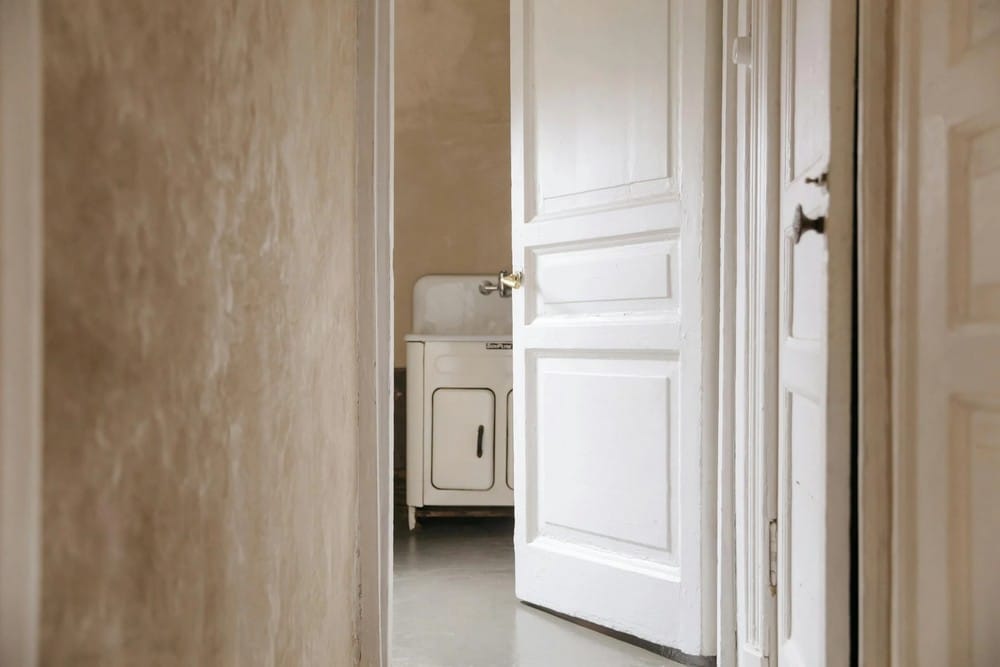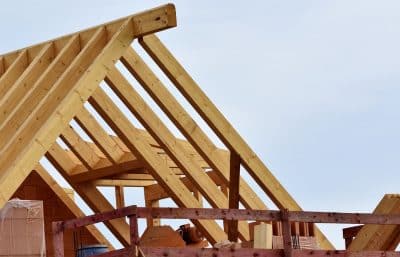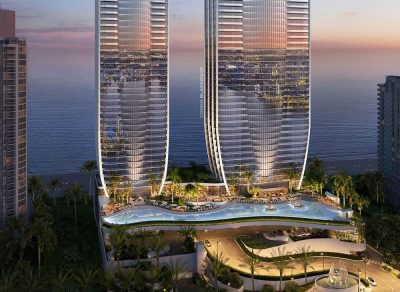
Houston’s weather isn’t just hot — it’s persistently humid, unpredictably stormy, and intensely taxing on the materials and systems that make up a home. In such a climate, thoughtful design isn’t a luxury — it’s a necessity.
A well-designed Houston home must resist moisture, encourage airflow, and stand strong against year-round humidity. It’s not about resisting nature but designing in harmony with it.
Understanding Houston’s Unique Climate Challenges
Houston experiences over 100 days of high humidity annually, often exceeding 90% during early mornings. With summer temperatures frequently soaring past 95°F, homes quickly become pressure cookers for heat and moisture.
Inadequate ventilation, poor drainage, and non-breathable materials can all lead to water accumulation — especially behind walls, under floors, and in attics. Over time, this invites mold, weakens structural materials, and contributes to poor indoor air quality.
Why Architecture Must Adapt to Environment
Designing for the local climate is about more than comfort — it affects the health, durability, and energy efficiency of the home. In Houston, where moist air penetrates even the tiniest of openings, homes must be sealed thoughtfully and allowed to breathe strategically.
Failure to design for heat and humidity increases dependence on air conditioning, drives up energy bills, and accelerates deterioration. A smart home in Houston works with the climate — not against it.
Passive Cooling Through Orientation and Ventilation
Home orientation is a critical first step. Aligning a house to take advantage of prevailing winds promotes natural cross-ventilation, reducing reliance on mechanical cooling.
Large, operable windows on opposite walls, high ceilings, and open layouts create wind tunnels that draw hot air out and pull cooler air in. Shading devices such as awnings, pergolas, and deep roof overhangs minimize solar heat gain.
The Role of Porches and Overhangs
Traditional Gulf Coast homes often include wide porches — not just for aesthetics, but as passive thermal regulators. These elements shade the building envelope and protect exterior walls from rain, reducing surface heat and moisture retention.
Roof overhangs direct water away from the foundation and allow windows to remain open during light rain, enhancing indoor comfort while preventing water intrusion.
Raised Foundations and Moisture Control
Houston’s frequent rainfall and flood-prone areas make raised foundations a smart choice. Unlike slab-on-grade foundations, pier-and-beam systems lift the home off the ground, promoting airflow beneath the house and protecting it from ground moisture.
Strategic site grading, gravel drainage layers, and French drains further prevent water from pooling near or under the home. A well-drained site is essential for keeping interior environments dry and mold-free.
Materials That Work in Humid Climates
Using the right materials is half the battle. Traditional drywall, wood flooring, and untreated framing absorb moisture, warp over time, and can quickly become breeding grounds for mold.
Instead, opt for cement board siding, treated lumber, metal roofing, and closed-cell spray foam insulation. These materials resist moisture, inhibit microbial growth, and maintain integrity in extreme weather.
Vapor Barriers and Smart Walls
Wall assembly is where many moisture problems start. In Houston, the vapor drive moves inward due to air-conditioned interiors being cooler than the hot, humid outdoors.
Walls must be built with breathable materials that allow drying in both directions. Installing smart vapor retarders and ventilated rain screens helps manage this delicate balance without sealing moisture inside.
Mold: The Silent Threat in Hot-Humid Homes

Mold isn’t just ugly — it’s a health hazard. Warmth, darkness, and moisture form the trifecta that allows mold to flourish undetected in ceilings, basements, behind walls, and under floors.
If left unchecked, mold can cause structural rot, worsen allergies, and trigger respiratory issues in residents. In a humid environment like Houston, mold-resistant construction and proactive inspection are vital.
Proactive Measures Save Money and Health
Even the best-built home needs maintenance. In older properties or those recently renovated, a professional assessment can catch unseen risks early.
For homeowners in The Woodlands and surrounding areas, scheduling a professional mold inspection is a smart step toward identifying potential issues before they escalate. It’s a cost-effective measure that ensures peace of mind and protects the long-term health of the home.
Real-World Example: A Houston Home That Balances Style and Function
A perfect example of climate-conscious design is the Candlewood Drive Residence, located in Houston’s Tanglewood neighborhood. Designed with a balance of tradition and innovation, it features breathable materials and spatial planning that supports airflow.
This home shows how a stylish aesthetic doesn’t have to compromise on practicality. In fact, thoughtful material choices and passive cooling strategies enhance both the look and livability of the home.
Design That Promotes Sustainability and Longevity
Climate-responsive design goes hand-in-hand with sustainability. Reducing energy loads by using natural ventilation and reflective materials helps conserve resources and lower utility costs.
According to the EPA, the most effective way to control mold is by controlling indoor moisture. Homes that resist humidity are not only safer and more durable, but also healthier and more environmentally responsible.
What Builders and Renovators Should Consider
Whether you’re constructing a new home or upgrading an existing one, some key design considerations in Houston include:
- Use mold- and moisture-resistant materials in high-risk zones like kitchens, bathrooms, and basements
- Elevate HVAC systems and insulate ducts to prevent condensation
- Ensure attics are ventilated and sealed properly to prevent heat buildup
- Avoid carpeting in moisture-prone areas
- Incorporate dehumidifiers or whole-home air exchangers in enclosed spaces
Builders must collaborate with HVAC professionals, environmental inspectors, and architects familiar with the Houston climate. Each element of the home — from subfloor to roof — plays a role in preventing moisture-related failures.
Final Thoughts
Houston’s climate is one of extremes — and designing for it requires knowledge, skill, and forward thinking. Homes built or renovated with airflow, drainage, and materials in mind will stand up better to the region’s relentless heat and humidity.
By aligning design with nature, homeowners can enjoy cooler, drier interiors, avoid long-term damage, and protect their families’ health. Whether through smarter ventilation, climate-aware materials, or regular inspections, every thoughtful decision adds to the life of the home.
Good design in Houston isn’t just attractive — it’s adaptive.








